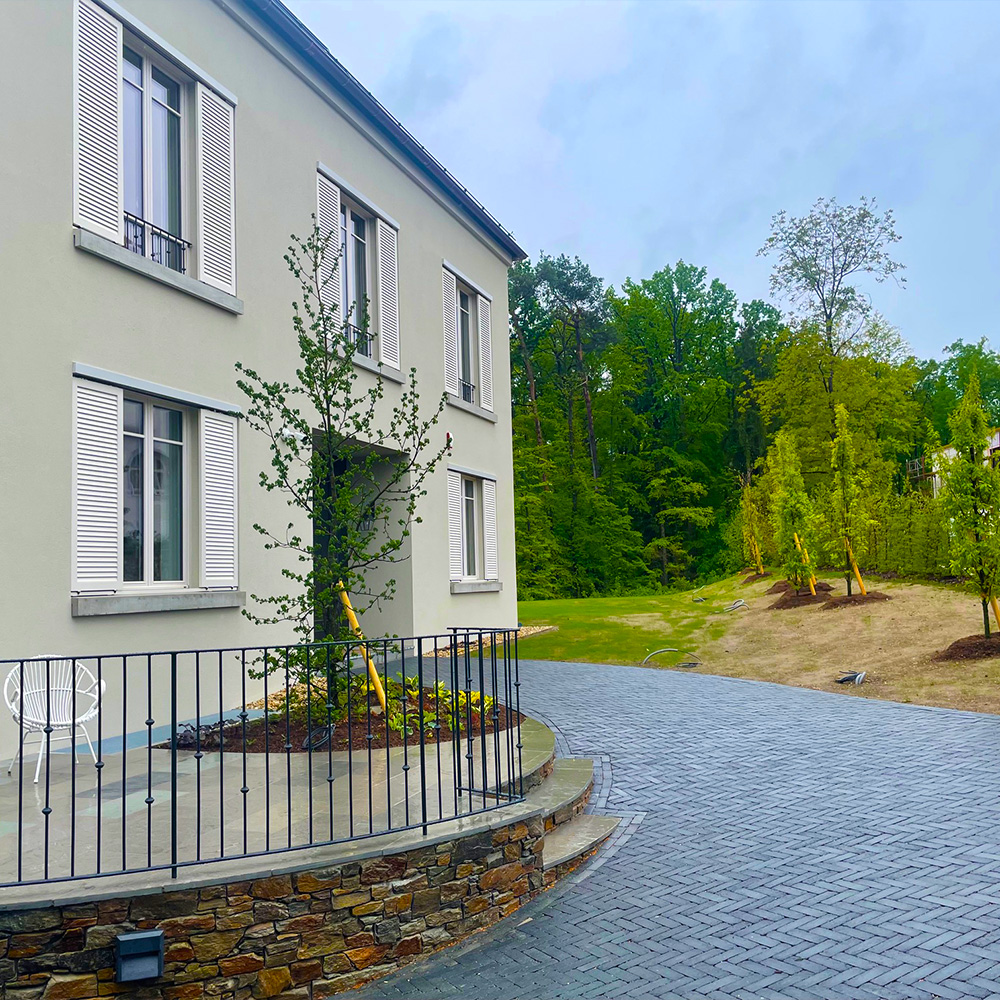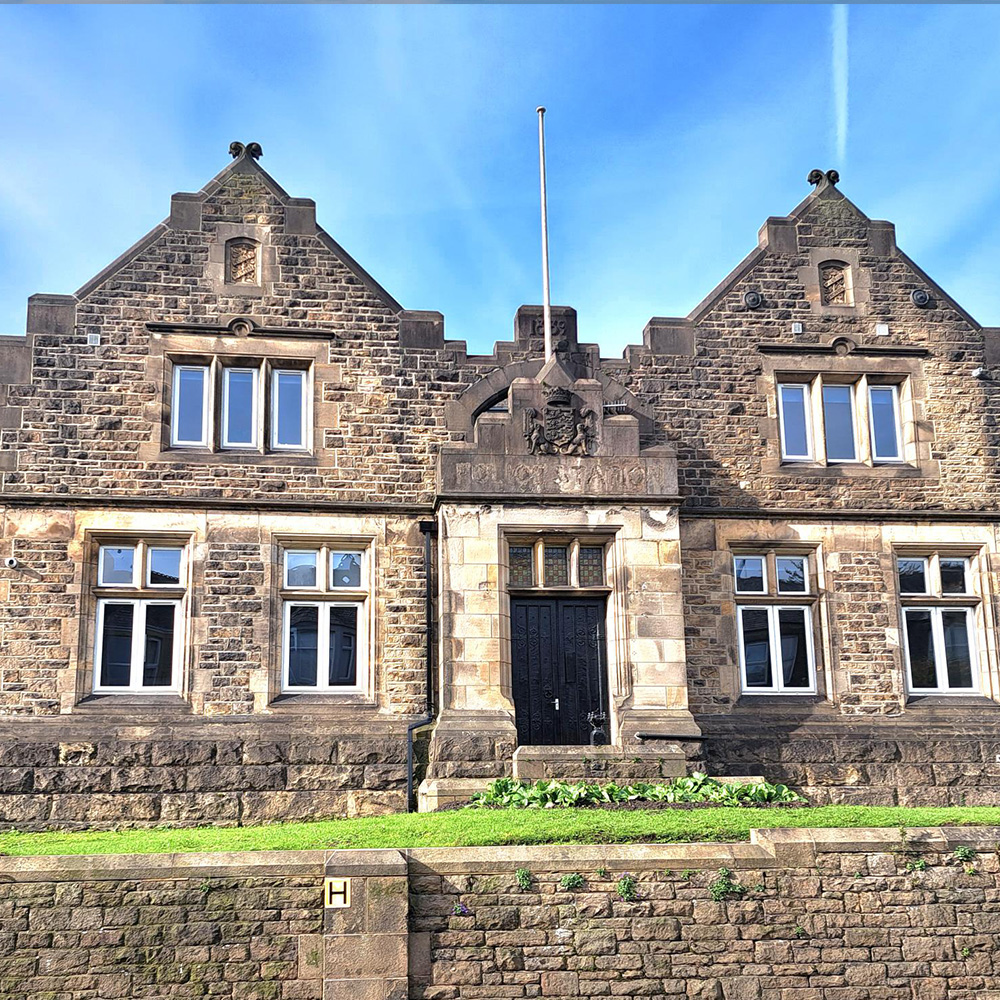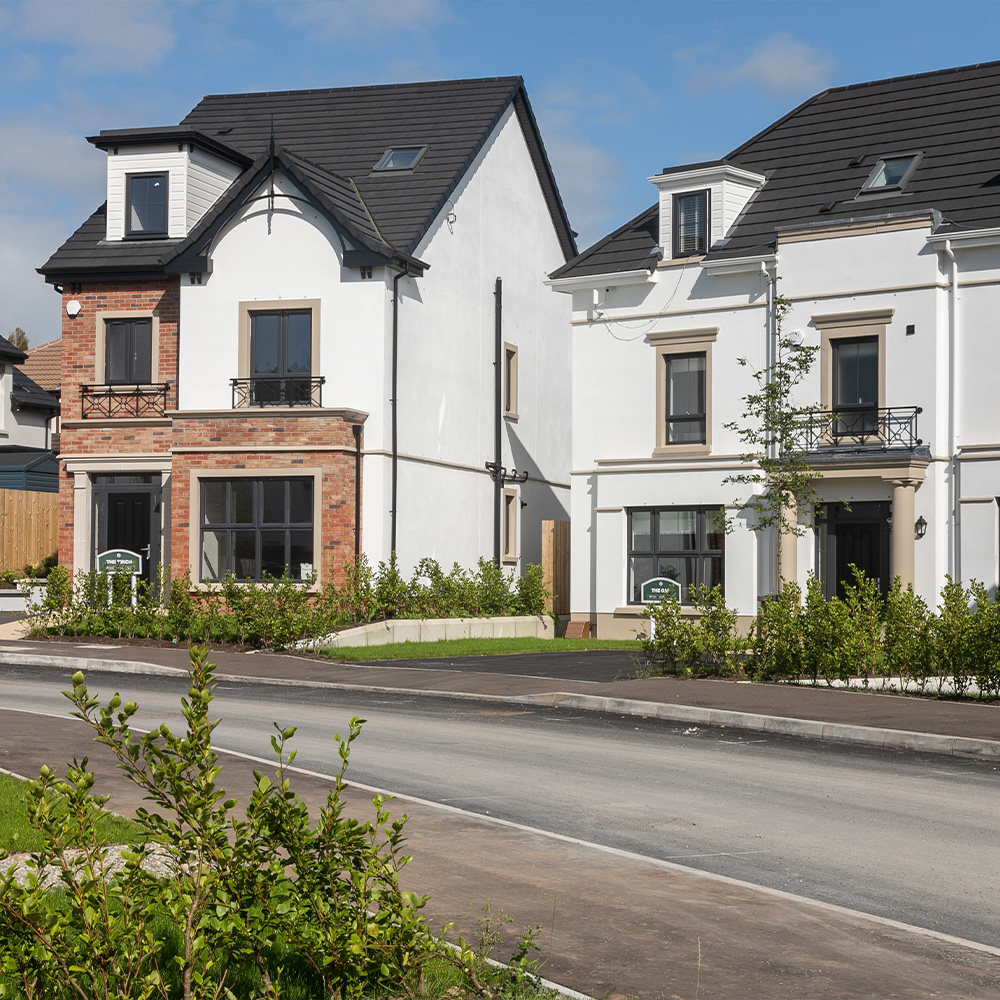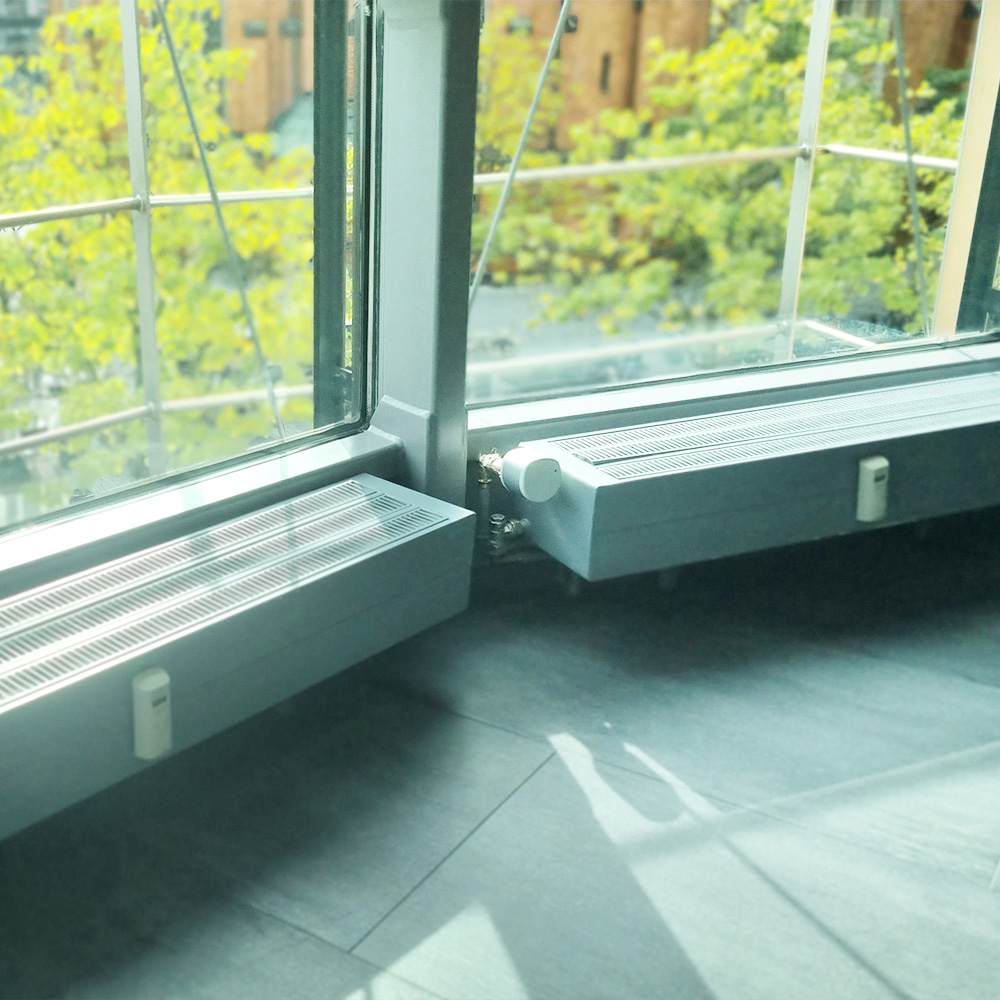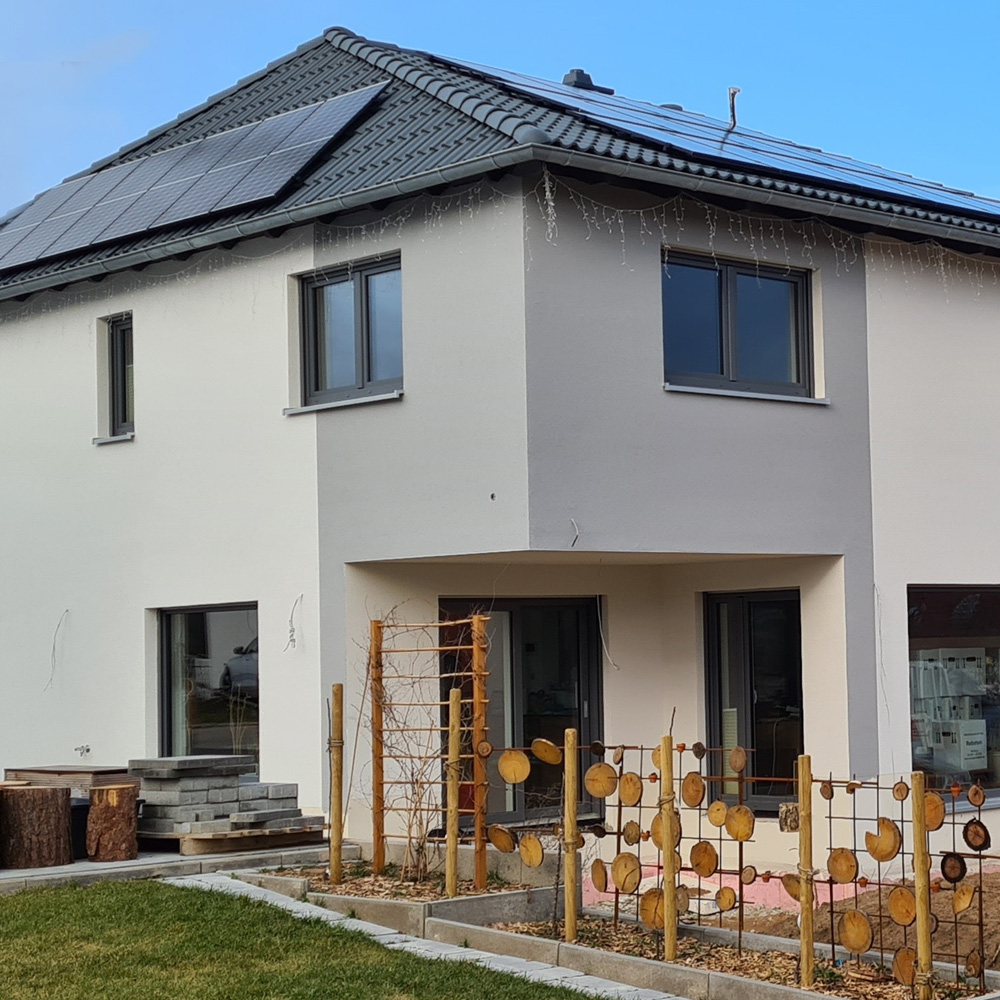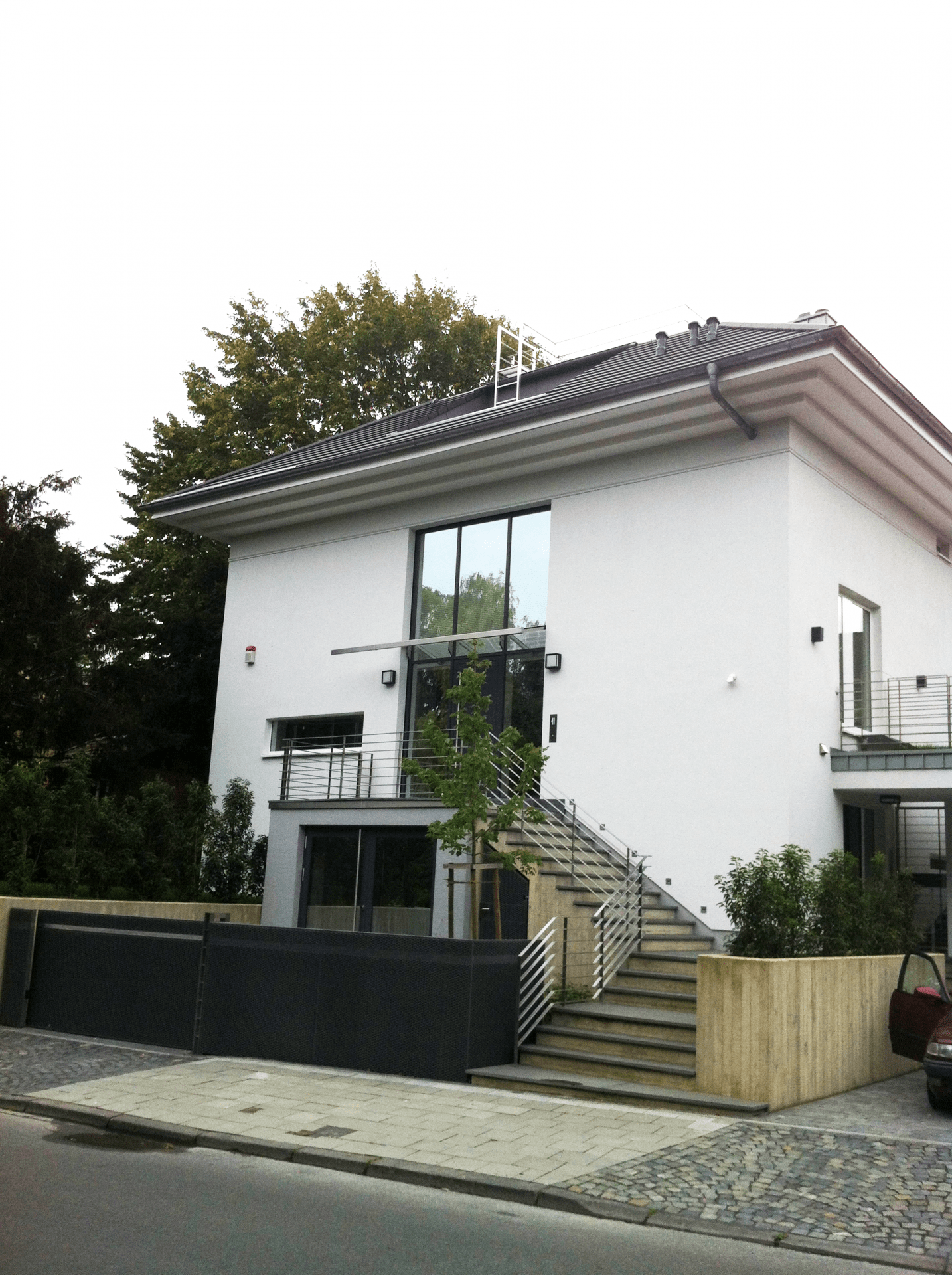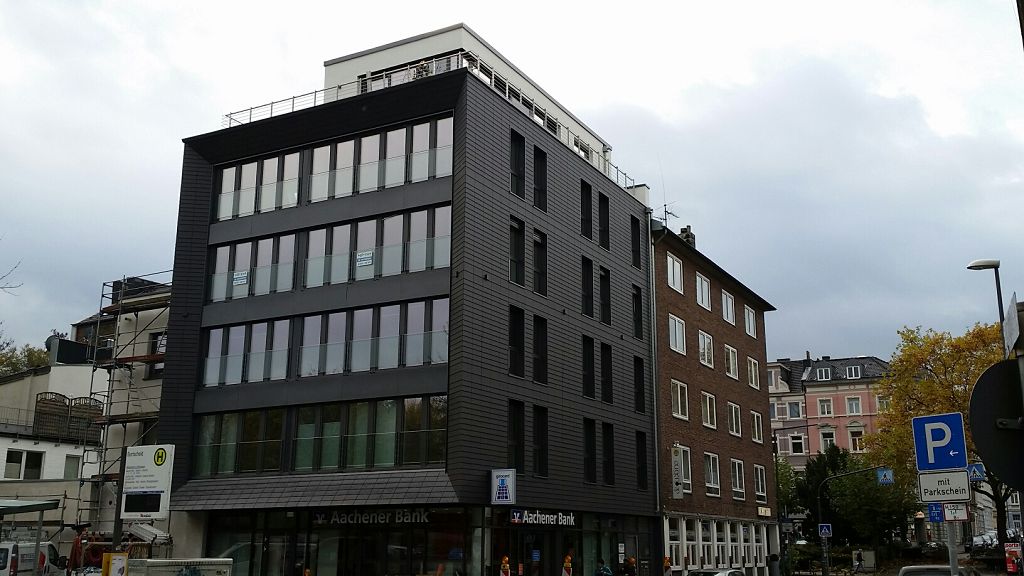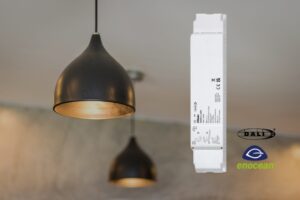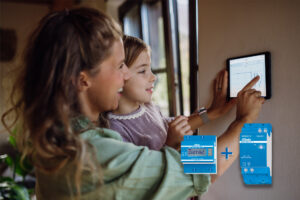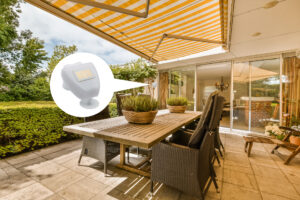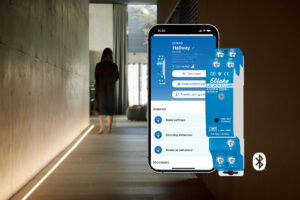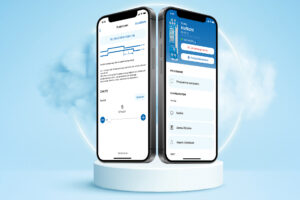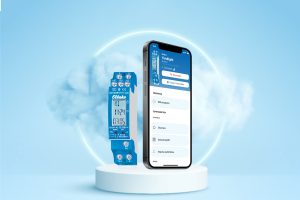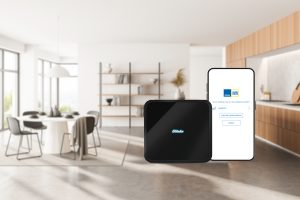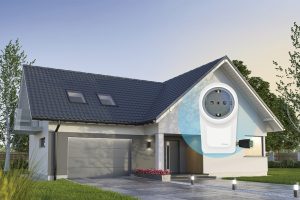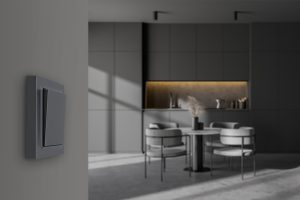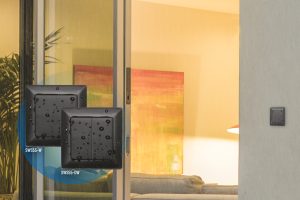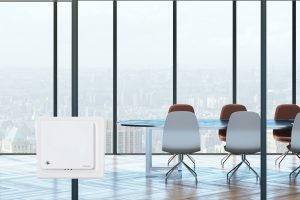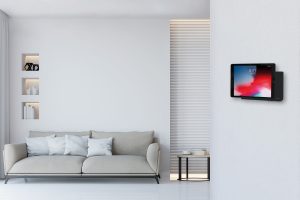Air quality sensors vs. CO2 sensors
In tt the last few months we have increasingly addressed the topic of “sensors”. As a conclusion, we would like to address a very important and current debate for you in this blog post: Which sensor is best suited to check indoor air quality?
The reason that this discussion has come up at all is that we are in as we are in a crowded room through the breathing air of other persons run the risk, infect us with viruses. At the latest since it became known that the new Coronavirus spreads mainly via aerosols, one considers how best to avoid this danger. In principle, the higher the proportion of CO2 particles in the air, the higher the probability that they have already been inhaled and exhaled several times..
Normal air conditioners, which are mainly designed to regulate the temperature, merely circulate the air around, but can not clean This often accelerates the infection process more, than that it slows him down. It will indeed also Air conditioners offered that deliver 100% fresh air into a room. However, these are very expensive.
For this reason, scientists recommend sensors that measure the quality of the air. We are talking about air quality and CO2 sensors.
Both are suitable for measuring the CO2content in the room and display it. The customer can open the window to let in fresh air if a bad value is indicated.
However, the air quality sensor not only measures the carbon dioxide content, but also the concentration of pollutants known as VOCs (volatile organic compounds). Organic compounds), the volatile organic compounds in the indoor air, which is from Building materials, electronic equipment or furniture can be handed in. By measuring several air parameters relevant to health, one can not only reduce the risk of infection, but also increase personal well-being.
In summary, this means that both sensors are in any case are suitable for measuring the CO2content and thus measure an important part of the air quality. The customer is regularly reminded to ventilate, which generally reduces the risk of infection. definitely reduced. The air quality sensor offers more functions and thus also an all-around more meaningful measurement of air quality, as several parameters are controlled.
Both can be excellently integrated into an existing smart home system, even offering the customer the option, that the windows are automatically tilted in the event of poor tilted are tilted. Those who like it rather plain and simple can reach for the classic alternative with display.

